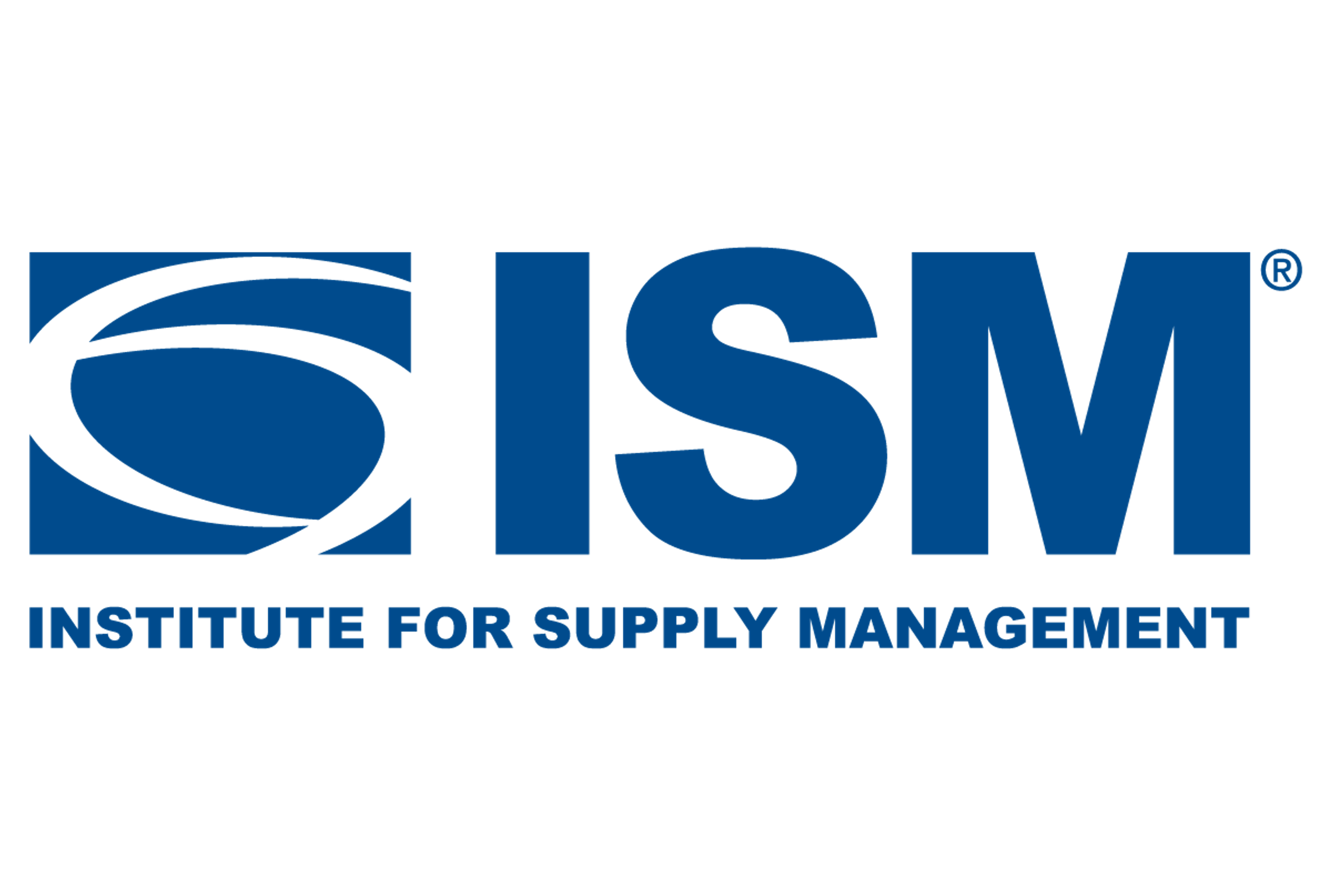Market Data

November 3, 2017
Tax Proposal Leaves Many Questions Unanswered
Written by Tim Triplett
House Republicans released details of their vision for tax reform on Thursday, raising many questions in constituents’ minds, the primary one being: What does this mean for us?
The headline provisions of the bill—which its sponsors contend would simplify the tax code, provide tax relief to the middle class and spur economic growth—include cutting the corporate tax rate to 20 percent from 35 percent and reducing the number of individual income-tax brackets from seven to four. But the devil is surely in the details.
The American Iron and Steel Institute said it is analyzing the specifics of the House tax plan. “Initial reports indicate the bill includes a number of provisions that are beneficial for steel and manufacturing. These include a reduction of the corporate tax rate to 20 percent, continuation of existing accelerated depreciation provisions and the addition of 100 percent expensing for investments in plant and equipment for five years. We are still evaluating other provisions, including proposed new limitations on interest expense and net operating loss deductions, to determine their impact on our industry,” said Thomas J. Gibson, AISI president and CEO. “AISI supports tax policies that encourage manufacturing activity in the United States and increase the global competitiveness of domestic steel producers and their customers. We look forward to working with Congress to ensure that the final version of the tax bill promotes manufacturing competitiveness and economic growth.”
The U.S Chamber of Commerce commented: “This bold tax reform bill is exactly what our nation needs to get our economy growing faster. A lot of work remains to be done to get the exact policy mix right and move from a legislative draft to an enacted law.”
The National Federation of Independent Business was less positive. “The NFIB is unable to support the House tax reform plan in its current form. This bill leaves too many small businesses behind. We are concerned that the pass-through provision does not help most small businesses. Small business is the engine of the economy. We believe that tax reform should provide substantial relief to all small businesses, so they can reinvest their money, grow, and create jobs.”
The National Association of Realtors opposes provisions that would affect the deductibility of real estate expenses and “take homeownership off the table for millions of middle-class families.” The bill would cap the mortgage interest deduction at $500,000 for newly purchased homes; eliminate state income tax deductions; install a new cap on property taxes; and restrict capital gains exemptions homeowners get today when they sell their homes. In an earlier analysis, the association estimated the proposed tax changes would cause a 10 percent drop in home values and raise taxes on middle-class homeowners by an average of $815.
Republican sponsors of the bill may face strong opposition from fiscal conservatives within their own party as the measure is estimated to add $1.5 trillion to the federal deficit over the next decade on top of the existing $20 trillion in national debt.






